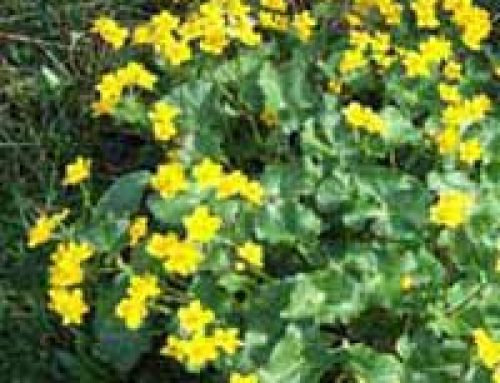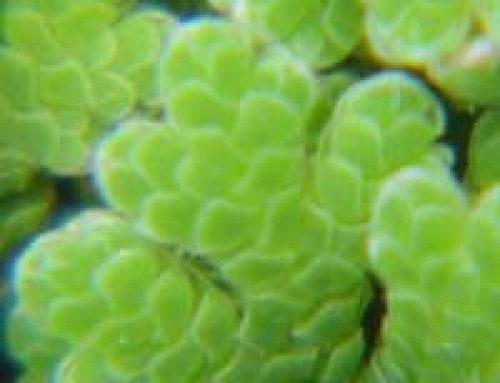
36 Easy-to-grow native British plants for a thriving pollinator garden
As we become more aware of the importance of pollinators in our ecosystem, many gardeners are turning to native plants to support these important insects. Not only do native plants provide food and habitat for pollinators, they also help to preserve the natural beauty of our local landscapes. In this blog post, we will explore a selection of native British plants that are particularly attractive to pollinators. Whether you have a large garden or just a small balcony, there are many options for incorporating these plants into your outdoor space and supporting the health of our pollinator populations.
British native plants are important for a number of reasons. Firstly, they are adapted to the local climate, soil and other environmental conditions, which means they are generally easier to grow and maintain than non-native plants. Secondly, they have evolved alongside native wildlife and provide important habitats and food sources for native insects, birds and mammals. Finally, they often have cultural and historical significance and can play an important role in maintaining local biodiversity and ecosystem health.
In the case of pollinators, many British native plants are particularly important as they provide essential food sources for bees, butterflies, moths and other insects. This is especially important given the decline of pollinator populations in recent years due to habitat loss, pesticide use and other factors. By planting native species in our gardens and green spaces, we can help support these important and often overlooked creatures, as well as create beautiful and sustainable landscapes.
Ajuga reptans bugle | H (herbaceous perennial) |
Angelica sylvestris wild angelica | Bi (biennial) |
Armeria maritima thrift, sea pink | H (herbaceous perennial) |
Buxus sempervirens common box | S (shrub) |
Calluna vulgaris heather, ling | S (shrub) |
Campanula glomerata clustered bellflower | H (herbaceous perennial) |
Centaurea cyanus cornflower † | A (annual) |
Centaurea scabiosa greater knapweed | H (herbaceous perennial) |
Crataegus monogyna common hawthorn | S or T (shrub or tree) |
Echium vulgare viper’s bugloss | Bi (biennial) |
Erica cinerea bell heather | S (shrub) |
Eupatorium cannabinum hemp agrimony | H (herbaceous perennial) |
Foeniculum vulgare common fennel † | H (herbaceous perennial) |
Ajuga reptans | Herbaceous Perennial |
Geranium pratense | Herbaceous Perennial |
Geum rivale | Herbaceous Perennial |
Hedera helix | Climber |
Hydrotelephium telephium | Herbaceous Perennial |
Ilex aquifolium | Tree |
Leucanthemum vulgare | Herbaceous Perennial |
Lonicera periclymenum | Climber |
Lychnis flos-cuculi | Herbaceous Perennial |
Lythrum salicaria | Herbaceous Perennial |
Malva moschata | Herbaceous Perennial |
Origanum vulgare | Herbaceous Perennial |
Papaver rhoeas | Annual |
Persicaria bistorta | Herbaceous Perennial |
Primula vulgaris | Herbaceous Perennial |
Prunus avium | Tree |
Prunus spinosa | Shrub |
Rosa species | Shrub |
Rubus fruticosus agg. | Shrub |
Scabiosa spp. | Annual/Herbaceous Perennial |
Sorbus aria | Tree |
Sorbus aucuparia | Tree |
Viburnum opulus | Shrub |








